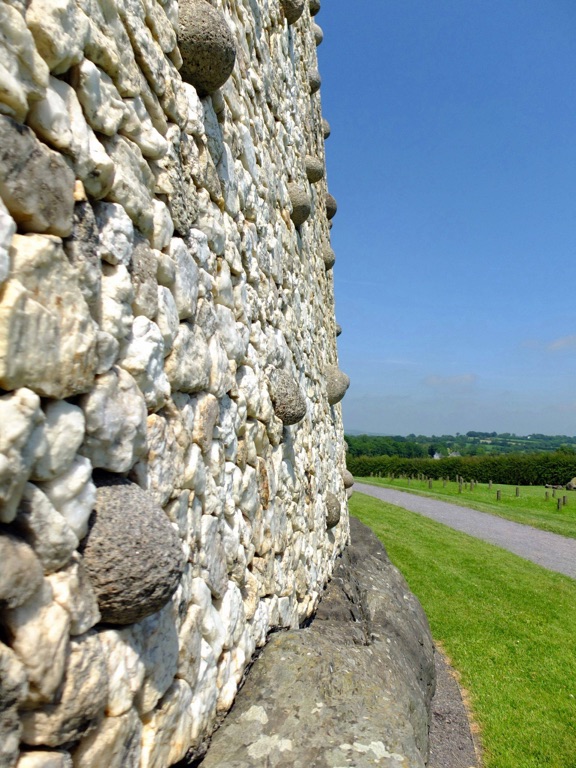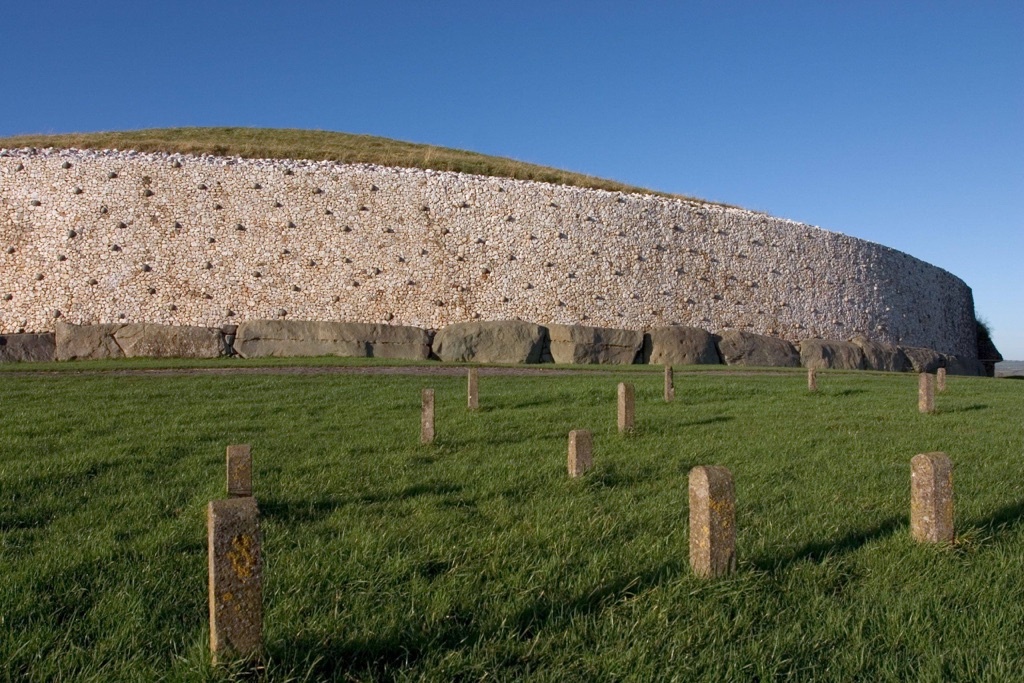Newgrange, a prehistoric monument located in County Meath, Ireland, is a testament to the ingenuity and creativity of our ancestors. This ancient structure, older than both Stonehenge and the Egyptian pyramids, is a marvel of Neolithic engineering and a significant archaeological site. Its unique design and mysterious purpose continue to captivate historians, archaeologists, and visitors alike.
Get your dose of History via Email
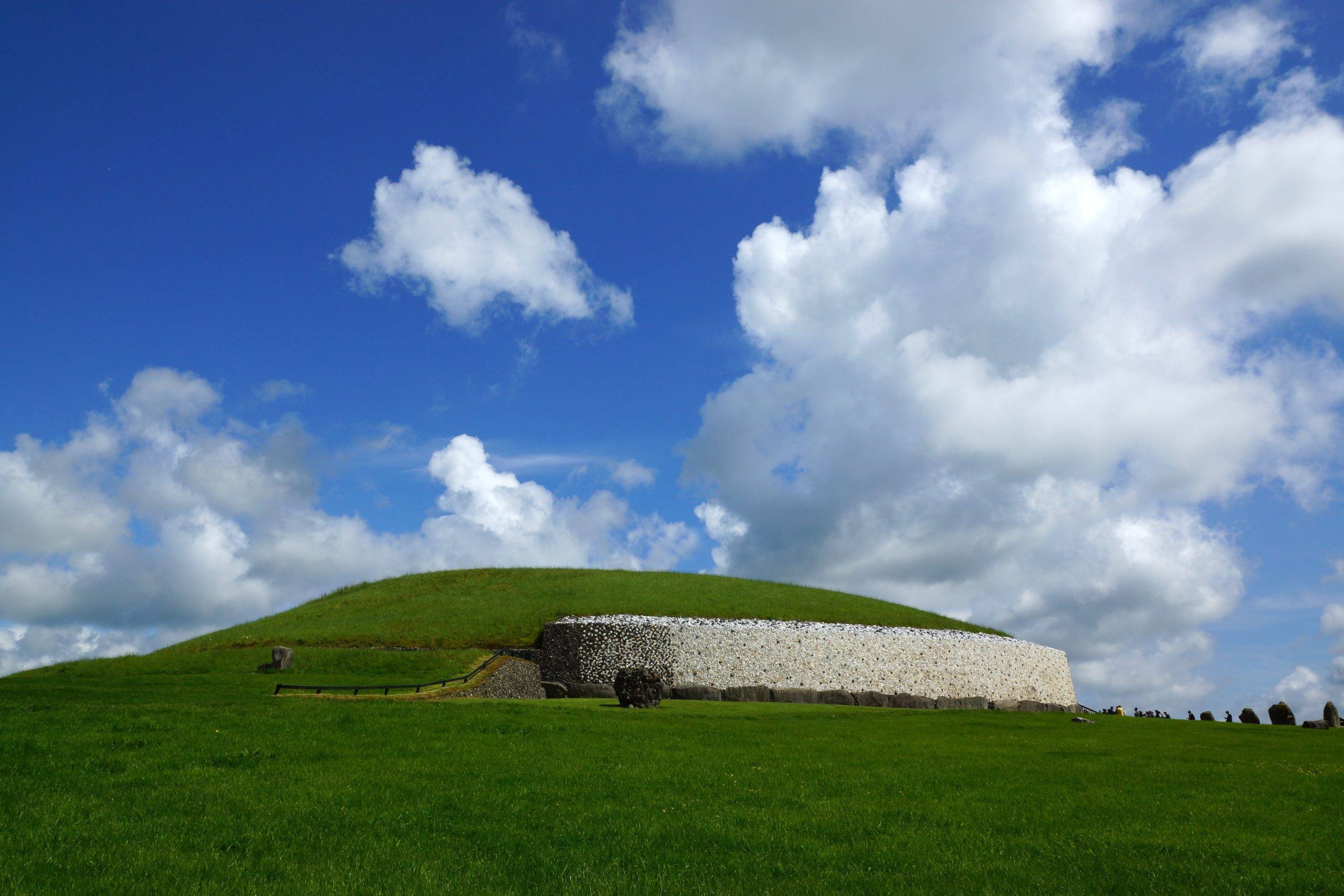
Historical Background
Newgrange was constructed around 3200 BC, making it over 5,000 years old. It was built by a farming community that prospered on the rich lands of the Boyne Valley. Known as a passage tomb, Newgrange is one of the most famous sites of the Irish Neolithic period. It forms part of the larger Brú na Bóinne complex, a UNESCO World Heritage Site that also includes the ancient monuments of Knowth and Dowth.

Architectural Highlights
The monument is a large mound, approximately 85 meters in diameter and 13.5 meters high, covering an area of about 1 acre. It is ringed by 97 large kerbstones, some of which are engraved with intricate megalithic art. The heart of Newgrange is a 19-meter-long passage leading to a cruciform chamber with a corbelled roof. The construction of this passage and chamber, using an estimated 200,000 tonnes of rock and other materials, showcases the remarkable skills of the Neolithic builders. The white quartz stones that form the façade were transported from the Wicklow Mountains, over 70 kilometers away.
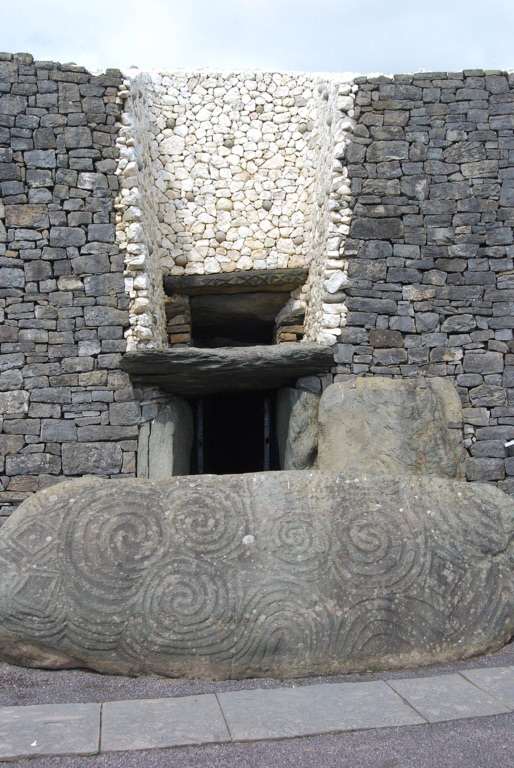
Theories and Interpretations
While Newgrange is commonly referred to as a tomb, this label may be too limiting. The monument’s purpose remains a subject of debate among scholars. Some believe it was a place of astrological, spiritual, religious, and ceremonial importance. The most compelling evidence of this is the monument’s alignment with the winter solstice. Each year, at dawn from December 19th to 23rd, sunlight shines down the long passage to illuminate the chamber for approximately 17 minutes. This phenomenon, discovered in 1967, suggests a sophisticated understanding of astronomy by the Neolithic people.
The dating of Newgrange was achieved through radiocarbon dating of the human bones and artifacts found within the monument. These dates, along with the monument’s architectural features and the presence of megalithic art, have contributed to our understanding of the Neolithic period in Ireland.
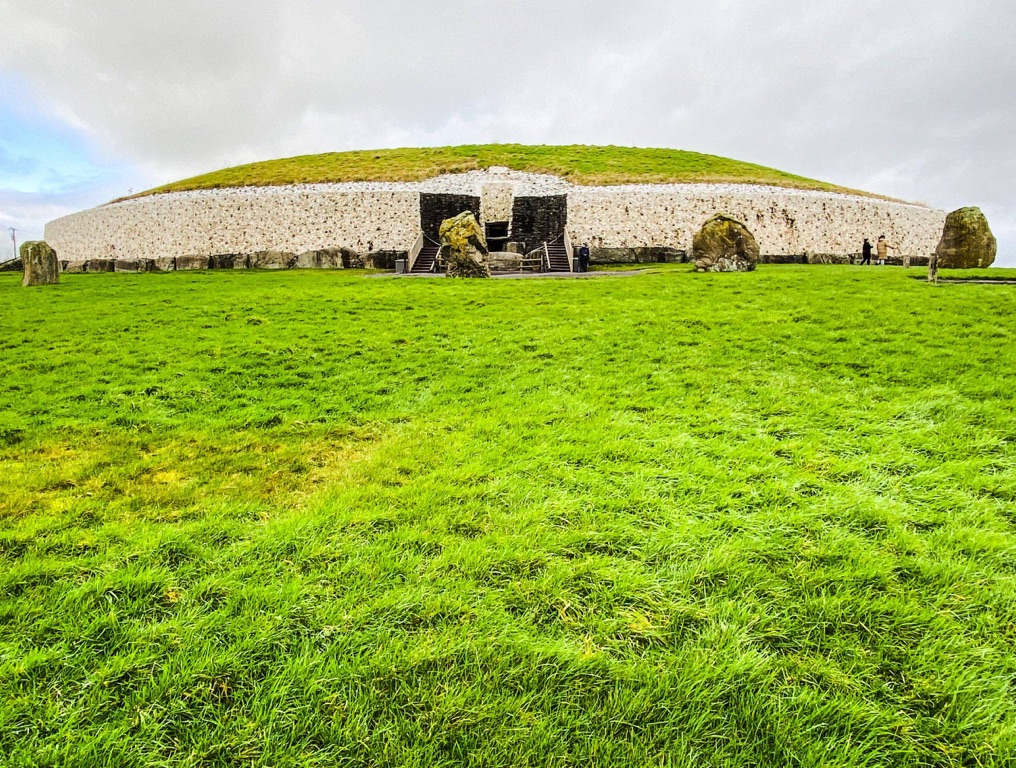
Good to Know/Additional Information
Visiting Newgrange is a unique experience. The monument is accessible through guided tours only, which also include access to the Brú na Bóinne Visitor Centre. The winter solstice event attracts global attention, but due to the limited space within the chamber, access is decided by an annual lottery. Despite the passage of millennia, Newgrange continues to be a place of wonder and discovery, offering us a glimpse into our distant past.
